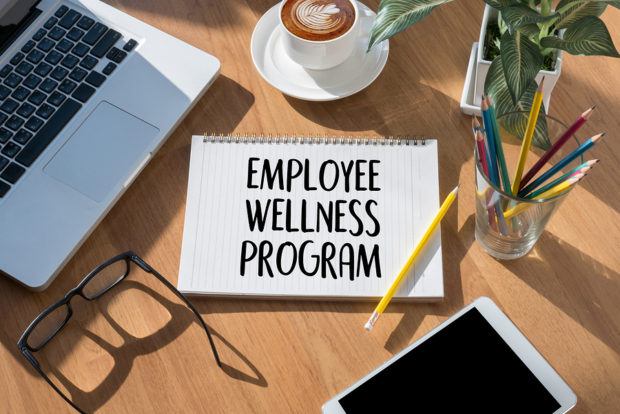Employee mental health is one of the top priorities for human resource teams in 2022, according to a new study from global advisory and broker WTW, which found that nearly all (86 percent) companies surveyed identify stress and burnout as a threat for their workforces. However, 49 percent have not yet formally articulated a well-being strategy for their workforce and only a quarter have actually adopted one.
What steps are organizations taking to support their employees?
- 48 percent of respondents are planning or considering implementing an organization-wide behavioral health strategy and action plan. Only 35 percent said they currently have one.
- 39 percent plan to redesign their employee assistance program (EAP), including increasing limits on visits and expanding services. Meanwhile, 42 percent redesigned their EAP in 2021.
- 27 percent of respondents are considering programs that target specific conditions for high-cost cases such as maternity, diabetes and depression. The majority (64 percent) currently offer these programs.
- 25 percent plan to promote the use of mobile apps for physical well-being; 65 percent currently do.
- 32 percent plan to incorporate inclusion and diversity priorities in their benefit program design. Almost half (47 percent) currently do.
“As we move into 2022, employers struggling with recruitment and retention will look to make their well-being programs a differentiator to attract and engage top talent. For years, employers have used financial rewards to encourage employees to take action for their own well-being. However, as those incentives have often failed to change employee behavior, employers are seeking new avenues to engage and incent employees to take charge of their own well-being,” said Regina Ihrke, senior director, Health and Benefits, WTW.
About the survey
A total of 322 U.S. employers participated in the 2021 Wellbeing Diagnostic Survey, which was conducted in October 2021. Respondents employ 5.3 million workers.





















 Underwriter, Actuary Fears of AI Drop; Work Needed on Collaboration
Underwriter, Actuary Fears of AI Drop; Work Needed on Collaboration  First Atlantic Hurricane Forecast for 2026 Suggests Season Close to 30-Year Norm
First Atlantic Hurricane Forecast for 2026 Suggests Season Close to 30-Year Norm  Slideshow: Carrier Management’s 2025 Top Editor’s Picks (Unlocked)
Slideshow: Carrier Management’s 2025 Top Editor’s Picks (Unlocked) 